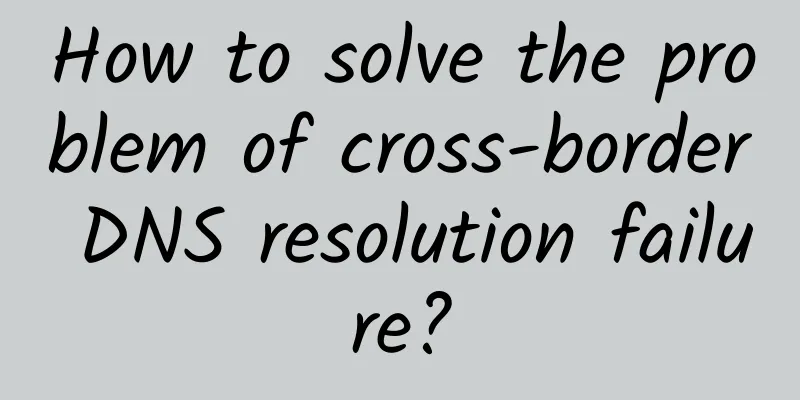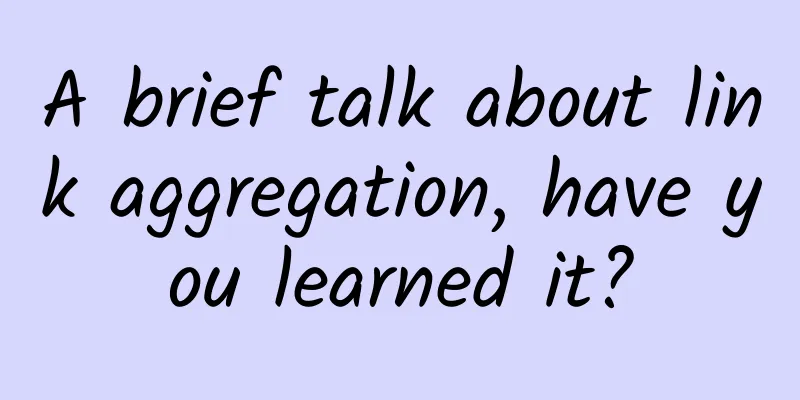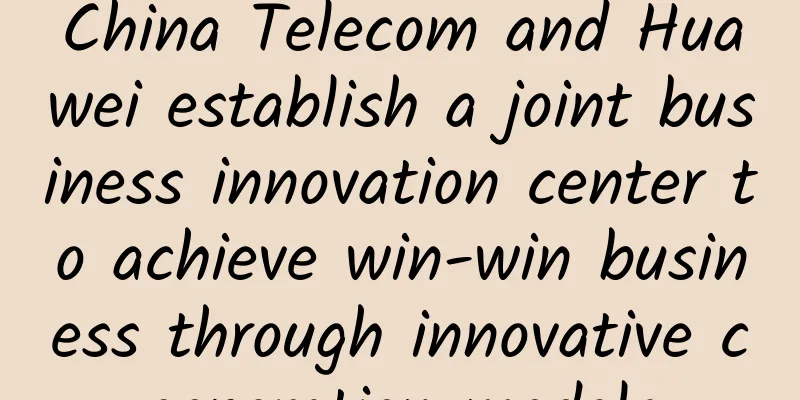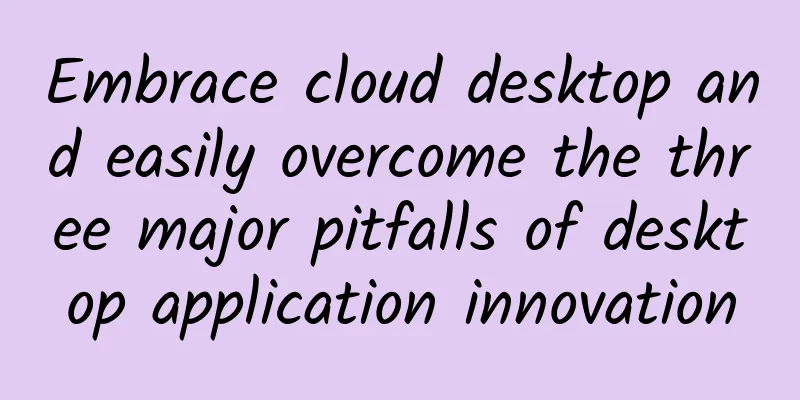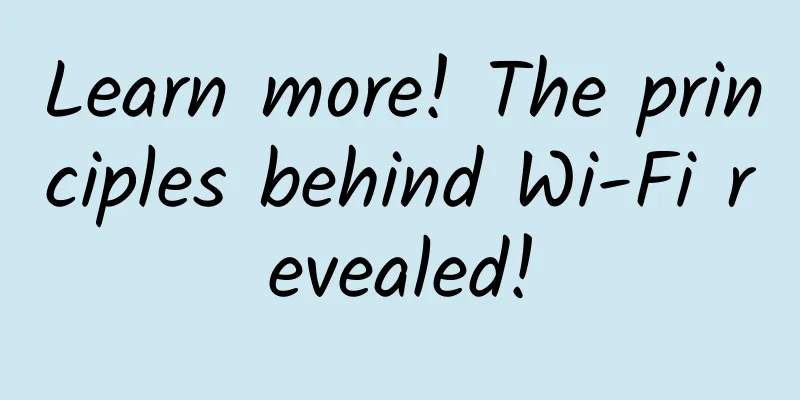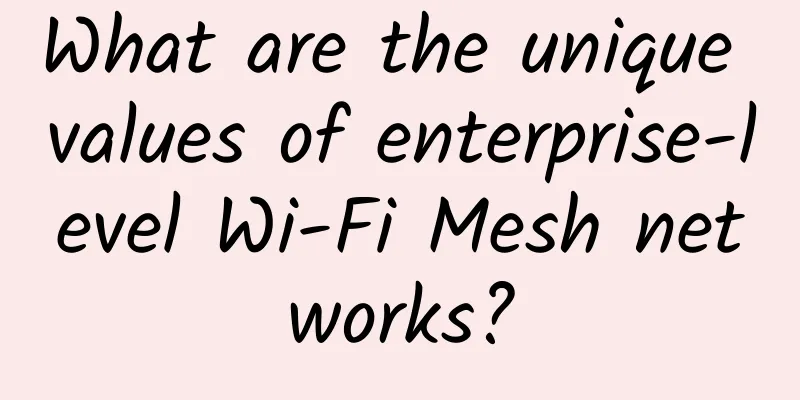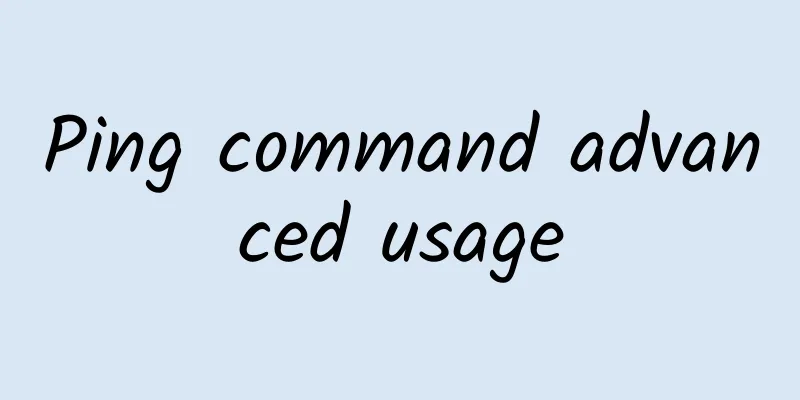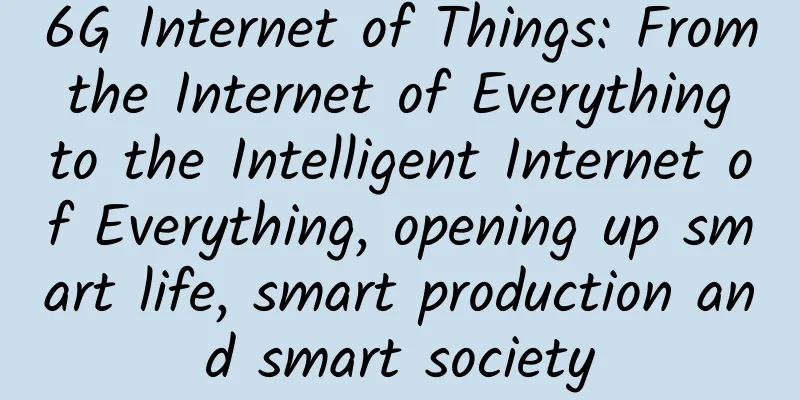How can you avoid anxiety when doing SaaS?
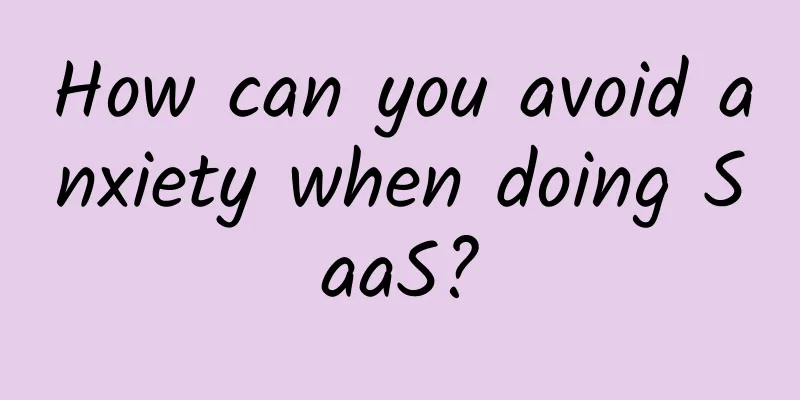
1. The harder you work, the more anxious you become?The foreign SaaS market is developing rapidly, and the market value of enterprises has reached new highs. Under such circumstances, if you don’t start a SaaS business or invest in SaaS, you will definitely regret it for the rest of your career. However, such a good entrepreneurial opportunity not only makes SaaS entrepreneurs anxious, but also changes the attitude of their investors from firm to doubtful. Because SaaS is not easy to sell and it is hard to see the hope of making a profit. More than one investor said: No matter how you look at it, the investment looks like a software company that makes standard software on the Internet. The difference between it and a software company is that the software is deployed on the cloud (most software will be deployed on the cloud in the future), the software is a standard product that cannot be customized, and then charged on a subscription basis. Just relying on these few differences, can SaaS outperform traditional enterprise software? I’m afraid I don’t even believe it myself. Besides, enterprise software has long reached the growth ceiling of the industry, so how can SaaS break through? In this situation, both entrepreneurs and investors will inevitably become more and more anxious. 2. What exactly does SaaS sell?We all know that SaaS stands for Software as a Service, but in reality, SaaS has become Software as a Software. The real reason for SaaS anxiety is not a method problem, but a direction problem. The so-called direction refers to whether SaaS is a software product or a service. To put it another way, are you selling software or a service? It is necessary to raise this question to a theoretical level. Although SaaS includes software, they are only the value carriers of the services provided. In other words, the value we are talking about is actually generated by the services provided by the software, not the software itself. This statement sounds abstract, but it is the essence of SaaS business. Software and products are easy to understand, so here we focus on services. According to the definition of service, service is an economic activity that does not produce tangible products. Similarly, SaaS as a service provides business value related to efficiency, benefits and performance to corporate customers. From the definition of service, we can see that: first, SaaS provides intangible service products, not tangible software products, just like airlines provide transportation services, not sell airplanes. Second, corporate customers care about the service quality standards and indicators you provide, not the product specifications, features or functions of the software. Finally, SaaS services have three main characteristics that are different from software products: (1) Intangibility Because services are performance or actions, not physical objects, the most fundamental characteristic of services is their intangibility. Software can be seen and operated, but it still cannot be associated with the quality of the service. The intangible nature of SaaS services makes it difficult for customers to evaluate and predict their effectiveness and results, which can result in extremely high verification costs during the sales process. (2) Differentiation In the future, most software products will be homogenized, but services can be differentiated. That is, the same software functions can provide services of different qualities. Services can be differentiated, providing differentiated service competitive advantages for SaaS companies that truly understand their customers. However, everything has its pros and cons. Service differentiation also places extremely high service capacity requirements on SaaS services. That is, when service demand fluctuates, there is no need to modify the software, only to reconstruct the service solution to still meet the service quality. What is tested here is the ability of the software. (3) High verification cost For software products, there are two important characteristics that can be predicted: search cost and experience effect. The former is an attribute that customers can determine before purchasing, such as the function of the software; while the latter is an attribute that can only be identified after purchasing and using it, such as the output results. Unfortunately, for services, both of these characteristics are difficult to determine. That is, it is difficult to accurately evaluate these two attributes before and after purchase. For example, if a customer uses an online recruitment service, it is difficult to quantify whether it will be useful and how much it will improve recruitment performance before purchasing or even after use. This shows that SaaS services require higher verification costs, which is also the main reason why SaaS is not easy to shorten the sales cycle and increase customer acquisition costs. To sum up, SaaS as a service and SaaS as a product are two fundamentally different businesses, and therefore their marketing processes are also completely different. 3. SaaS Marketing PitfallsWe know that the combination of product marketing is the so-called 4P, namely product, price, channel and promotion. Because this is a product-centric marketing idea, it is obviously not right to use this routine to market SaaS services. For example, just talking about pricing, almost all SaaS currently refers to the pricing method of software; rather than the service pricing model, that is, the price determined by the customer's perception of the service value. The marketing of SaaS services can only be customer-centric. That is, customers are not just transaction objects, but assets that can be developed, valued, and retained. Whether customers can be turned into high-value assets depends entirely on the quality of service. The so-called service quality represents the deviation between service experience and service expectations, that is, service quality = service experience - service expectations. Service expectations are the performance standards or reference points expected by customers, while service experience is a customer perception, that is, the actual service experience. If the service quality is positively deviated, cooperation may be achieved and sustainable; otherwise, cooperation will fail or be unsustainable. The correct approach to SaaS marketing is to manage customer expectations and strive to improve service experience. Because conventional operation processes or sales processes cannot effectively improve service quality. Therefore, the essence of SaaS marketing is the management of the service process. To be more specific, it is the management of the contact points in the service stage; that is, at each service contact point in different stages, the goal is to improve the customer experience. Based on this, we can design a high-quality integrated service process of market, sales and service for SaaS marketing. Different from the software marketing model, SaaS adopts the strategic framework of "Service Marketing Triangle", as shown in the figure below. The triangle shows three interconnected groups that work together to develop, promote and deliver services. The three vertices represent three key participants: SaaS companies, customers, and providers. The providers here can be internal employees or channel partners. In the process of SaaS customer acquisition and retention, the three marketing activities of external marketing, interactive marketing and internal marketing must be successfully completed in order for the service to be successful. Because service quality determines the success or failure of SaaS marketing, and the measurement of service quality must rely on the commitment of SaaS companies. It can be seen that the service marketing triangle revolves around commitment, including the closed loop of commitment making, understanding and delivery. The marketing process of SaaS is also based on this. 4. Marketing never stopsMost of the consulting services I have received recently are about SaaS sales training. This is easy to understand, because SaaS sales itself is indeed very important. Through SaaS sales methodology, the sales cycle can be significantly shortened and the order conversion rate can be increased. However, simply emphasizing SaaS sales or customer acquisition is not enough, because there are still two important marketing issues that have not been resolved: market and retention issues, which in turn will affect the effectiveness of solving sales issues. SaaS marketing is about delivering information about SaaS services. That is, what services are provided, what problems are solved, and to what extent. In reality, however, the default SaaS marketing is about product promotion. For example, some empty concepts and slogans will not only fail to attract customer attention, but also further increase information asymmetry, greatly increase customer verification costs, and create obstacles to customer acquisition. Although the quality of SaaS customer acquisition also has an important impact on retention, even the most effective customer acquisition cannot guarantee an increase in retention rate. Therefore, SaaS marketing is a complete process that integrates market, customer acquisition and retention, and it runs through the entire customer life cycle. Due to the service revenue model of SaaS, we can regard SaaS customer acquisition as a proactive marketing, the purpose of which is to attract more and better customers; and SaaS retention is also a kind of marketing, but it is a defensive marketing (to prevent churn). The latter is a more effective marketing for SaaS. Because it has lower costs, significant effects on additional purchases and additional purchases, and is easy to generate a higher NPS. At the same time, this is also the basic reason for investing in customer success. It can be said that SaaS companies’ marketing never stops throughout the customer’s life cycle. 5. SaaS No Anxiety MethodologyBecause they follow the software business model, many SaaS companies are now competing in products and sales. It is hard not to be anxious along the way. In fact, what SaaS companies need to compete is whose service is more compatible with the customer's business and whose service is more in demand. On this basis, what needs to be compared is whose service process is more accurate and efficient, that is, the core competitiveness of the process. As for sales ability, it is not an independent factor. It is based on the process, not on the free level. In fact, SaaS services and processes complement each other. Simply put, services with rigid demand are easier to sell. When everyone provides the same SaaS service, advanced processes sell more. Whether designing a market process, a customer acquisition process, or a retention process, don’t forget that the goal is service quality. That is, design service touch points at each stage of the customer journey; at each service touch point or key moment, for different customer roles, effectively demonstrate service quality, that is, customer experience > customer expectations, and the ability to achieve and maintain this commitment. At present, the service contact methods are mainly online and face-to-face. For some SaaS services, the possibility of completing all online contact methods is evaluated and realized through process design, that is, online sales, online delivery and online service. Similar to software sales, the biggest cost of SaaS customer acquisition is customer verification cost, which increases the sales cycle and reduces customer acquisition efficiency. More importantly, CAC also determines whether a SaaS can be profitable in the future. Therefore, the core of the customer acquisition process is to minimize customer verification costs in the most effective way. The service process in the retention stage also needs to design the correct service contact points. Many SaaS companies’ CSMs make random contacts, and the assessment of CSMs is still based on result indicators such as collection rate and churn rate. From the actual situation of domestic SaaS, the most important assessment in the service retention stage is the retention rate. Retention means identifying customers who are likely to leave in advance and assigning them to the corresponding CSM to form an effective service contact point. By finding out the reasons why customers want to leave, we can provide the best corresponding services and finally retain customers. Foreign data have shown that a retention rate of 50% is just an average level. We also found in the samples that tried this approach that it is not difficult to achieve a retention rate higher than 50%. Although we discussed the service processes of market, customer acquisition and retention in segments; in actual design, based on the service marketing triangle framework, they should be a continuous whole. Finally, I want to say that if a SaaS company is still in the start-up stage from 0 to 1, any attempt is not a problem and will not cause anxiety. But if it reaches the development stage from 1 to N, conventional approaches will inevitably cause serious and widespread anxiety. To get rid of anxiety, you should not rush to seek medical treatment. Today you suspect that it is a product problem, and tomorrow you suspect that it is a sales problem. The effective way is to systematically transform from software to services. This transformation is not only reflected in cognitive concepts, but also requires a clear strategy and its implementation in tactics and actions. |
<<: Where is the future of 5G terminals?
>>: Digital transformation accelerates the arrival of the 6G era
Recommend
Riverbed helps Baker Donelson gain deeper insights into actual end-user experience
Digital transformation has been fully launched in...
The National Development and Reform Commission has for the first time clarified the scope of new infrastructure, with data centers being the first area of content
This morning, the National Development and Reform...
Sharktech: 1Gbps unlimited traffic server starting at $79/month, Los Angeles & Denver data centers, 60Gbps high defense
Sharktech has no special offers recently, but has...
Operators are satisfied with 4G, what can they do after 5G is commercialized?
In the early stage of 4G development, the dividen...
Energy-saving building 5G solutions are the key to green buildings
Building equipment suppliers are prioritizing gre...
Monitor infrastructure to prevent unexpected downtime
[[258649]] 【51CTO.com Quick Translation】Infrastru...
Differences between Single Mode Fiber and Multimode Fiber
What is Fiber Optic? Fiber optics is a type of ne...
In-depth | Only IT people can understand "Journey to the West"
As a TV series that has been rebroadcast thousand...
5G will accelerate the development of smart grids by filling three major shortcomings
The importance of electricity to human beings is ...
RAKsmart: 5+253 IP cluster servers starting at $177 per month, with data centers in Los Angeles/San Jose/Japan/Hong Kong available
Earlier this month, we shared the popular cloud s...
UCloud Summer Big Offer: Kuaijie Cloud Server starts from 47 yuan/year, price guaranteed for Double 11
UCloud has recently launched a global cloud servi...
Contact centers meet the needs of more connected customers
Call centers took center stage when the coronavir...
How do Internet giants achieve load balancing and high availability? You will understand after reading this article
[[284447]] 1. What is load balancing? What is loa...
A Complete Analysis of IPv6 Transition Technology
The IPv6 wave is coming With the rapid developmen...
Brocade Expands Data Center Networking Solutions to Accelerate Digital Transformation
Brocade today announced the expansion of the Broc...

